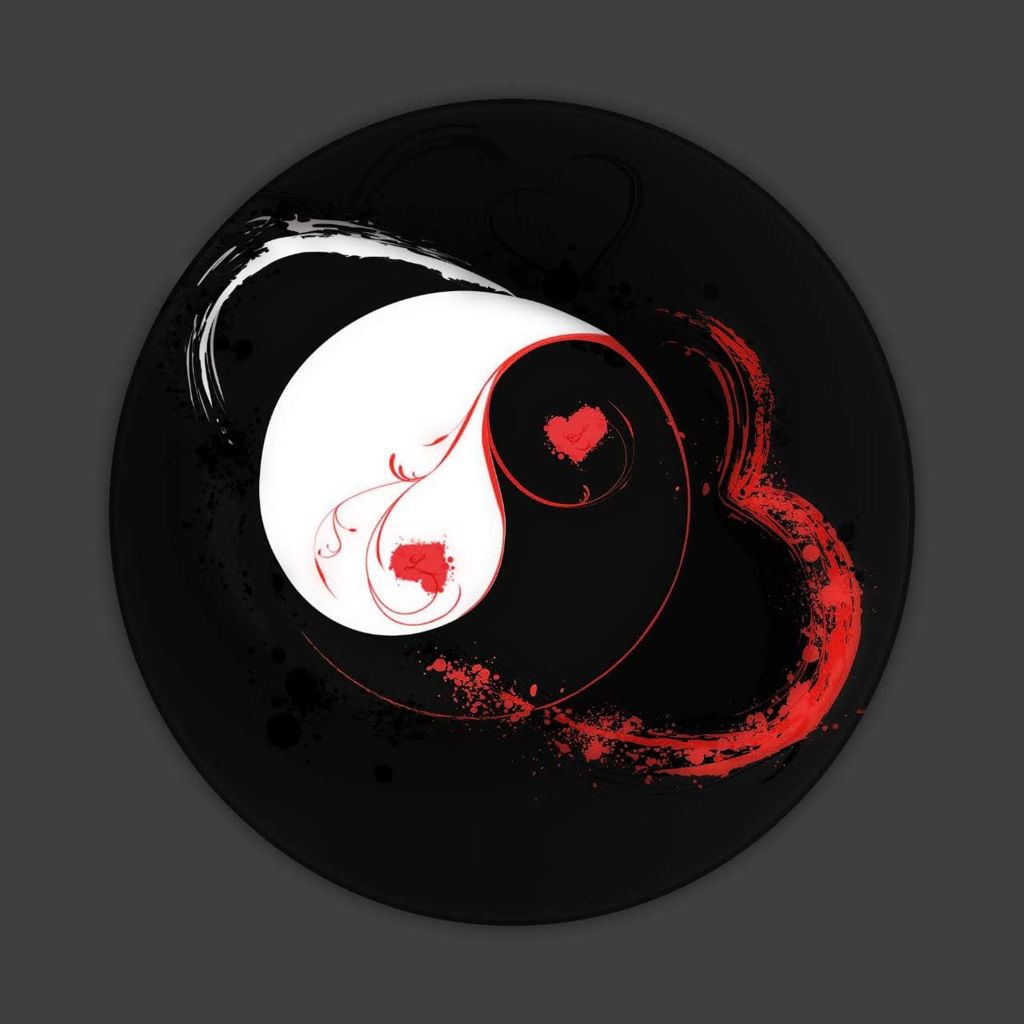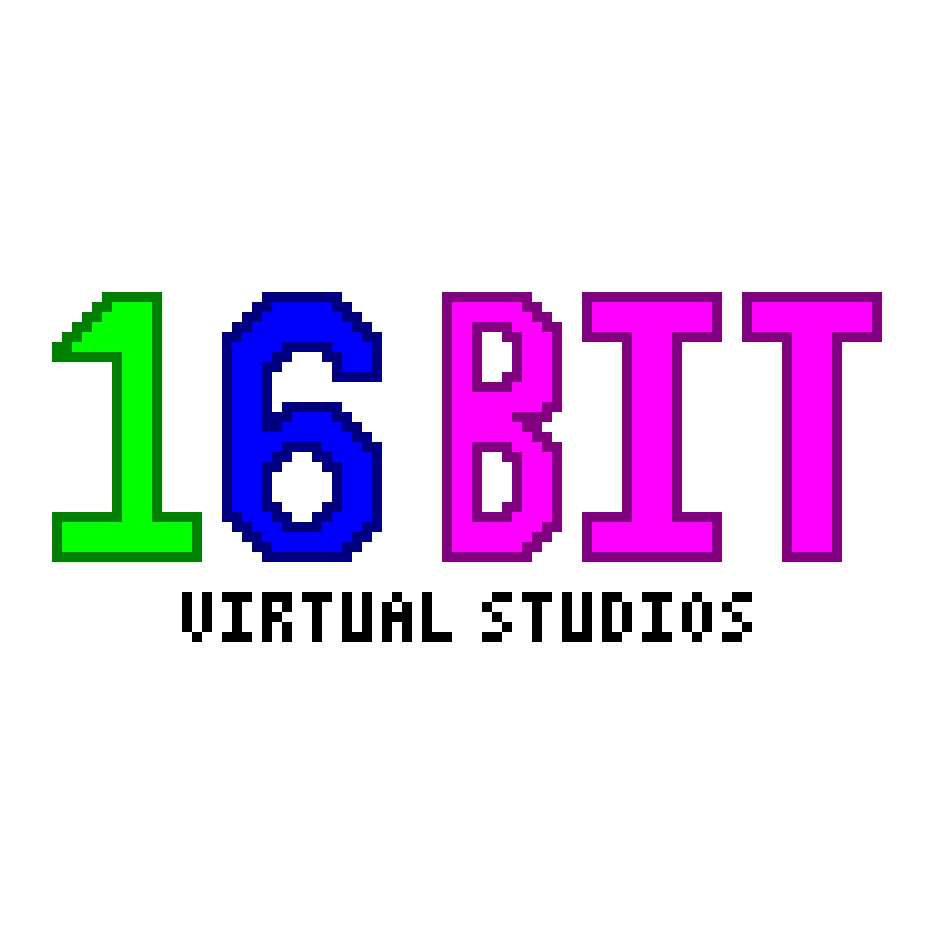During the first impressions of said distro, what feature surprised you the most?
Arch Linux. Everyone said it was hard to use, unstable, etc. but my experience with it has been the exact opposite.
Yes, the install process is needlessly complicated (although it got a lot simpler now that we have archinstall), but the OS itself is rock solid and rarely has any issues that require more than a reboot or a package reinstall to solve. The AUR is a godsend too if you don’t want or don’t know how to compile stuff from source.
Arch Linux has by far the best community, the support wiki is the most useful wiki to Linux there is, it basically covers everything. Mad props to the arch Linux community.
Agree, but mad props to the Gentoo people too. Nice community and incredible wiki as well.
I heard all the stability concerns when I first started using it. That was in 2008. It’s been my main distro ever since. Apart from 2 or 3 major changes over the years (eg, the infamous /usr/lib migration) it’s been rock solid and very up to date
Yeah I feel like even if arch is a little easier to break than other distributions, it’s also way way easier to fix which basically cancels it out.
I second this - for some reasons, my (almost) first distro was arch (first was a fedora for 3-4 days). Arch is great if you know what you are doing, you can have a lean mean compute machine
Puppy linux seems like its still one of the more unique Linuxes around. Its my go-to when I need to do a recovery for family/friends and seems to almost work with any system. If it can, it will load its entire system into the RAM and go to town. If it cant. then it will act like a live disk…but you can “save” the OS multiple different places. Its a fun little OS.
If you like Puppy, also have a look at Easyos. Created by Puppy’s orginal creator.
Ha. Was about to say the same. Running EasyOS on one ofy extra partitions for testing, and I end up using it as semi-daily driver often due to how light it is. Great on a USB key, too.
It is also somewhat unique, on top of other Puppy distros.
I ran Puppy as a daily driver for about a year before I finally got a new hard drive for that computer. It’s surprisingly robust for such a tiny footprint.
Debian. Since so many distros are based of it I always thought of it to be a stripped down, minimal and basic distro, but after daily driving for a year now in suprised how feature complete and pleasent it is out of the box with kde DE.
Yeah, I tried a variety of Debian based distros to start my Linux journey and but eventually just settled on Debian stable and haven’t looked back.
Alpine It just gives me the system and go “do whatever” It’s snappy, decluttered, doesn’t get in the way It doesn’t have a bazillion systemd components, it’s as barebones as it can be
@AkatsukiLevi @Sunny Alpine’s installer is simplest indeed, and it just works. very similar to OpenBSD
And due to just being a bunch of scripts, if shit goes wrong you just know why it went wrong
OpenSuSE - YaST is as good as is made out to be. I like how many fundamental parts of linux are managed via one tool. Other distros I’d used before were heterogenous mix of tools that felt cobbled together and inconsistent, while YaST feels well designed, integrated and consistent.
Yeah, I’d agree with that. Also
zypperhas fun arguments, likezypper upTumbleweed surprised me with how it receives constant, up-to-the-minute updates yet somehow doesn’t ever seem to break.
It also surprised me with how much I like KDE. I had used it way back in the day when it was a bit complicated looking and ugly. These days Plasma makes the whole experience nice.
My weapon of choice
Endeavour OS
I’ve tried all the usual distros many times over the years but never an arch based distro until last year. I gave arch a go first and it was great but then tried endeavouros and it came with the fixes I needed and was more instantly good from the first boot. The AUR and arch wiki stuff just makes the whole experience most (sry to use this term) Windows like in terms of fixes and support.
EndeavourOS is the first Linux distro I tried a little over a year ago.
I have never felt the need to even try anything else. If it ain’t broke…
The entire Ublue project is freaking amazing. But Bazzite finished off my distrohopping. I work by day and game by night. Bazzite has eliminated all maintenance tasks for me. It just works. It makes things so damn easy. Also, the Ublue CI/CD builds is crazy cool. It allows them to focus on the important stuff, while all the chores are done automatically. Truly amazing stuff. I also heard lots of praise about the dev oriented spin: Bluefin.
I started on Bazzite as my first real Linux desktop. After a while I rebased to Aurora (Bluefin but KDE instead of Gnome) and I really liked it. I ended up rebasing back to Bazzite for a while.
My only issue is around a very specific piece of software that has issues with Wayland. That’s why all the rebasing.
Being able to rebase so easily like that is so freaking cool.
Which software ?
Any software KVM like Synergy.
I work from home and Synergy has been a core part of my setup for many years.
It lets me use my personal PC and work laptop from one KB+M seamlessly.
I’ve tried so many different things. Input Leap, installed on Aurora by default, is supposed to work with Wayland, but doesn’t work out of the box.
I’m resigned to using Windows during the week so I can use Synergy and switching back to Linux over the weekend because I prefer it now.
Just a suggestion for you to try out https://github.com/feschber/lan-mouse
Update: I love you.
It took a couple tries to get my desktop and laptop connected, and I don’t know why, but it definitely works.
I’m going to really miss clipboard sharing, but I can make do for now.
I don’t think I mentioned it, but my work laptop is Windows 11, so I’m happy to report that this is working great even on Windows.
Are you aware of KDE connect? It can do clipboard sync, and more. Also available on Windows.
I will give that a shot. It definitely looks like it fits the bill.
If it works, I love you.
seconded for bazzite. I just came from cachyos (arch based) because it was missing a wayland component to make vr work. I had bazzite on my steam deck already so I figured I’d give it a shot on my pc. everything I wanna do works with minimal to no tinkering required, and I’m glad to know if I break something I can easily roll back in grub.
I’ve tried bluefin and it felt like when you turn on someone’s old computer they forgot to erase before giving to you, there was just so much useless junk installed. Are the other Ublue distributions a little more normal?
Ublue are based off of Kinoite. If you want something less “bloated”, try that. You can even rebase from Bluefin to that, I believe.
Keep in mind there are two versions of Bluefin/Aurora. Regular, and “-dx” which is more developer focused with more developer tools.
Yeah I know what they’re based on, I use silverblue on my laptop. I just personally really disliked bluefin when I tried it and I was wondering if that’s what all of the ublue images are like
Bazzite is pretty barebones, you add stuff using the first-run utility.
openSUSE Tumbleweed, it’s jusr a solid distro altogether
I’ve run OpenSuSE and then Tumbleweed for a while (as in years, now) on a variety of devices (including nVidia) with no real issues. It’s been by far the most solid of the distributions I’ve used since I started using Linux in the '90s.
Have to agree first time whenever I had to run steam it would cause a memory leak and slow the system down ,now I have reinstalled it two more times first reinstall steam games not working and can’t create extra swap ,second reinstall swap worked great ,but steam games still didn’t and then it was FUCKING 32 BIT PACKAGES took like 3 hours to figure that out ,but now it is my dailydriver
I know SUSE’s been around since forever, but how is package availability?
Void. Boots in 2 seconds to Xfce if not for udev. Maybe i’ll try mdev.
Manjaro, its a clean and simple way to install Arch with lots of good GUI for all the tasks a user needs to do on their system… Then it crash and bricked the install… 3 times.
Anyways I’m on Mint now.
Endeavour os was the great manjaro replacement for mw
Endeavour is Arch and Manjaro isn’t. Endeavour is not a replacement for Manjaro for that reason alone.
“I installed distro B over distro A” does not mean “distro B is a replacement for distro A”. They can be wildly different and it could be very misleading for someone looking for something that’s actually similar to distro A.
While I agree with you, what is attractive about Manjaro that you want that EOS does not offer?
I also tend to see EndoeavourOS as a great Manjaro replacement because what I want is a high-quality, opinionated, and easy to install no-nonsense distro that offers a massive repository of very up-to-date software in its repos.
I used to think Manjaro looked better but I installed it recently and I did not like it as much as the default EOS look. Perhaps I am just conditioned.
The only thing that stands out for me that people might prefer about Manjaro is the graphical package management. Of course, it is a one-time, one line command to install the very same package manager in EOS that Manjaro uses. Does that disqualify EOS as a Manjaro replacement?
First of all would be the fact that Endeavour is basically just an installer. It should have been an alternative offered by Arch alongside archinstall. I know it also offers some desktop setup but IMO that’s too little to qualify as a distro. You can replicate looks and themes fairly easily. Might as well install Arch.
…but I don’t want Arch because I’m at a point where I want my desktop distro to be boring and predictable, so it enables me to focus on other things. Arch needs more maintenance than I’m willing to put in. But I also want a rolling distro and having recent-enough packages.
Manjaro is a unique combination of rolling and stability. It’s that combo that’s the main factor but I’d be lying if I didn’t say I enjoy not having to ever think about the graphics drivers, or about the kernel, and it’s nice to have a graphical package manager.
As a sidenote, Garuda goes the extra mile and adds similar quality-of-life tools, while staying true to Arch repos. I think Garuda should get the publicity as an actual alternative in-between Arch and Manjaro, rather than Endeavour.
Ok I understand the technical reality you poin to, I just refer to the user experience. For a normal user, you probably won’t notice that technically manjaro is not arch and EOS is. IMHO Manjaro breaks a lot and EOS just works and needs less manteinance.
How long have you been using each of them? In my years-long experience it’s been the exact opposite. Manjaro goes out of its way to not break anything and offers safety measures out of the box to recover if something should break. Arch doesn’t care, it introduces breaking changes all the time and expects its users to be able to cope with them.
They target very different types of users and have very different goals. Manjaro explicitly tries to be stable and user-friendly whereas Arch exclusively caters to advanced users and aims to be customizable above all.
You can achieve the same with Arch that you get out of the box with Manjaro but it’s not there by default – because that’s not something a lot of Arch users are seeking.
For a normal user, you probably won’t notice that technically manjaro is not arch and EOS is.
What’s a “normal” user? On Linux you get all sorts. But you will most definitely notice a difference between daily driving Manjaro vs driving Arch.
Sorry for my ignorance, Linux noob here, but what do you both mean by Manjaro isn’t Arch?
I used manjaro for 3 years or so and then been using EOS for similar time. Manjaro broke a lot of times. EOS is more stable for me.
How did it crash?
Manjaro is a very opinionated distro and has a certain way of doing things. There’s also a lot of bad advice online that tells you to do exactly the things that will break it. Doing things like using an experimental kernel, switching to unstable branch, using Arch repos, installing graphical drivers outside its driver tool, installing critical packages from AUR, using Arch-specific config commands and so on.
Manjaro will work perfectly if you let it work the way it was designed, but lots of people don’t. Those people would be much better off using Arch or one of the Arch derivates that stay true to the way Arch does things.
Messing with Manjaro then complaining “it broke” is like using a toothbrush to slice bread and complaining it’s not working. Well, it’s the wrong tool for what you wanted, of course it won’t work.
For me it was installing apps from the AUR, like Intel Compute. Had dependency issues and errors every time other packages updated and when I tried to fix it, other modules would uninstall, and break my DE, or put my machine in an unrecoverable state.
It’s not as bad as that time my btfs file system broke randomly in Fedora, since I was able to recover my data. But it always felt like an endless battle with the distro to keep it going. Which is why I moved to mint.
I know it was a Manjaro issue since when I attempted to move to EndevorOS the issues were gone… though I dont like it as a distro (I.e. why isn’t a package manager gui installed by default)
I believe intel-compute-runtime is in the official packages, why install from AUR?
Can’t remember any more, either it was installed along side another package, or it was installed because of intel openCL support. Either way it’s been over a year since my last Manjaro install borked, and I’ve been running (and upgraded) Linux Mint.
I installed Pop in a VM (I use Debian usually) and was surprised how usable it was sans-graphical acceleration. Ubuntu is pretty much unusable these days in a VM - it can literally sometimes take 30 seconds for a button press to register where it works instantly in VM Pop or Fedora.
Garuda Linux hands down. Arch at its core but has just enough hand-holding for me to be comfortable and able to do most things via a GUI out-of-the-box.
I might not have made the switch when I did if I hadn’t found this distro.
Bazzite for an honorable mention, running it on my laptop and recently had some update troubles as it hadn’t been booted up in a while and ended up rebasing to the newest image (and discovered there was a specific image for Asus laptops with nvidia GPUs). The rebasing process really WOW’ed me…
I’m a bazzite user coming from silverblue, Jorge and the team have really done a great job when you think how daunting silverblue can be at first but how accessible the I ublue projects are.
But I’ll add another point to Garruda because I completely miss judged it. Initially thought yup another edgy gamerz distro but their tools are awesome particularly the btrfs manager.
So many distributions impressed me, but I think gentoo, nixos, Guix and Alpine impressed me most. Maybe Zorin with its beautiful design for newcomers.
If I had to pick one, it may be Alpine. The idea of having a fully usable OS with so little is really impressive. It even has a fully functional build system similar to Arch’s ABS (on which the AUR is based)
Gentoo, nixos and Guix are really impressive and make computing a pleasant activity.
my servers run alpine! it’s incredibly stable even for hobbiest use
Oh wow that’s awesome! With containers or on bare metal?
I run jellyfin on bare metal because it makes it easier to debug imo, but I do use docker for caddy and some other little applications (like a tomcat instance for example)
So the OS jellyfin runs on is Alpine?
yep!
Poke around with Caddy on bare metal Idk if it is something I was doing or just placebo from my head, but Caddy is a lot faster on bare than Docker in Alpine Tho the drawback is having to manually set-up logging if you need (otherwise g’luck with whatever it decides to throw at syslog)
interesting. I actually haven’t had any throughput issues yet but if I do I will definitely keep that in mind
I have fond memories of doing Stage 1 gentoo installs. Not that I did them often, but what a great learning process.
Any distro with KDE, when I was on Windows I thought Linux always looked like Gnome.
Gnome is a harmless though. It’s so benign it’s reliable.
KDE is glossy and featureful and sometimes my CPU fan doesn’t go down for whole hours because baloo is scanning my entire filesystem (including various conda installations) despite me repeatedly asking it not to.
Baloo only takes up a lot of CPU if you have it set to index file contents and hidden files. Shut those off, let it index, and it won’t happen ever again.
You might be able to keep “hidden files” on, but indexing file contents always bogged my laptop down.
I think it depends on how you use the OS, Gnome is great until you have a bunch of outdated extensions that break stuff. My impression is that KDE is better for the “advanced” use case and gnome is better for the “default”. I tried gnome recently and I found it very pleasant and easy to use but I prefer KDE since it has more customization.
Bending the question a little but my second “first impression” of Arch’s “simplicity” surprised me the most.
I was running Gentoo for a while before deciding to move back, and I was surprised that somehow I had
- saved space
- gotten faster at doing new things (…)
- didn’t lose any boot speed or anything like that
Granted, I had jumped on Gentoo because of misconceptions (speed, ricing, the idea that I needed USE flags), but going back, I saw things more clearly:
- the AUR being basically a shell script download + 300 MB of base-devel was simpler and more space-efficient than /var/db/repos (IIRC – since the portage and guru ebuilds were all held locally anyway after syncing, an on-demand AUR saved space).
- the simple automatic build file audits on Arch felt more clean to me. I like checking my build files; had to make a script for the guru ebuild equivalent (but maybe there’s a portage arg i missed somewhere – wouldn’t be the first time)
- Arch repos separating parts of packages in case you don’t need some part (like splitting some font into its languages, or splitting a package into x and x-doc and x-perl) was almost a simple USE flag-ish thing already
- /etc/makepkg.conf was Gentoo’s make.conf. And its build flags looked similar to the CFLAGS I manually set up anyway.
- My boot time (btrfs inside LUKS with encrypted /boot) was the same with systemd vs. openrc
- I realized I liked systemd (because of the completeness of my systemctl muscle memory, like with
systemctl statusandjournalctl, or managingsystemd-logindinstead of usingseatdand friends).
Not bashing on Gentoo or anything, but it’s when I realized why Arch was “simple.” Even me sorely missing
/etc/portage/patcheswas quelled byparu -S <pkg> --fm vim --savechanges.And Arch traveling at the speed of simplicity even quantifiably helped: Had to download
aur/teamsthe other day with nine-minute warning.¯\_(ツ)_/¯
Not bashing on Gentoo or anything, but it’s when I realized why Arch was “simple.”
That’s funny. I switched from Slackware to Gentoo in 2003 because it was simpler.
Yeah, it’s pretty funny how distros just passed each other by like that. Back then it was Debian that was regarded as the hyper-poweruser distro:
The reason I havn’t used Debian is because I can’t install it. “This guy is totally clueless” you might think. My only response is that I’m writing this on a Gentoo box that I have installed myself.
And then now there are plenty of people reading this thread who liked Windows 7. As time passed, their grade on the ease-of-use of A passed the don’t-get-in-my-way of B, and a load of Windows 10ers jumped ship to Linus & Friends, the last place their Windows 7 selves would have expected to go. Always a reminder that the end of history isn’t now.
I just wish more distros made their terminal prompt and updater look as good as Gentoo’s, it’s weirdly the one thing I miss most about messing around with it

















